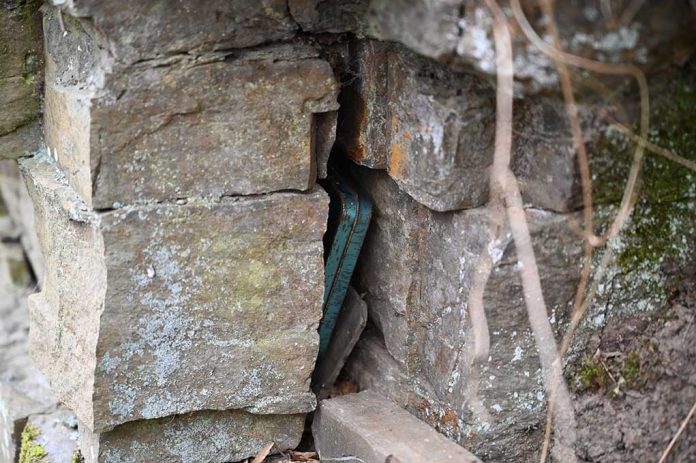
(TacticalNews.com) – Ever wonder what it would be like to go on a treasure hunt? Want to get a little exercise, have some fun, and develop critical survival skills all at the same time? If so, geocaching may just become your next favorite hobby.
While there isn’t a traditional treasure map with an “X” marks the spot, geocaching does send you on a hunt for hidden treasure. Using a mix of modern technology, problem solving skills and a keen eye, geocaching is a great way to exercise both your mind and body. Everyone, no matter what their background or lifestyle is, can enjoy geocaching. So, let’s take a look at what geocaching is.
The Basics
Before we can get started, we need to first cover the basics. Start by visiting Geocaching.com and picking one of the millions of caches hidden around the globe. You can use your smartphone, with the proper app downloaded, or you can use a global positioning system (GPS) to work your way to the geocache.
Remember that you’ll need to keep an eye out to find the cache as they’re often very well-hidden — depending, of course, on the difficulty of the hunt, which is shown via a 5-star rating on the website. When you find a cache, simply sign the logbook, take an item out only if you intend to replace it with one of equal or greater value, and put everything back exactly as you found it.
Also, be sure to remember to cover your tracks and leave no traces of your presence to avoid making it easier for others to find the hidden cache.
Starting the Hunt
To start your hunt for a geocache, you’ll need to visit the website mentioned above and download the corresponding mobile app. The Geocaching® mobile app isn’t the only way you can track these caches down. In fact, many GPS units have geocaching features.
As mentioned before, each cache is rated on a 5-star system to determine the difficulty of finding it based on terrain. It’s recommended that you begin on the lower end of the spectrum and work your way through the ranks. The caches can come in a variety of shapes and sizes, though the “standard” sized ones are the ones you want to start with.
The Hunt
After some research, you’ve found a cache that you’d really like to hunt down. The map on the app will show you the cache’s location within 30 feet. However, the app won’t give you the best route to get to the geocache; your path is determined by you and your analysis of the surrounding environment and terrain.
Once you get close enough to the cache, you can switch to compass mode, which will point you in the direction of the cache. Once you’ve pinpointed the possible location of the cache, it’s time to start looking. There are several ways to hide a cache, so keep in mind the size of the box and be on the lookout for anything that looks even the slightest out of place.
After You Find the Cache
Once you’ve found the cache, carefully remove it from its hiding spot to avoid disturbing the area. Open the box and look through the contained items. Remember you can only take an item if you intend to replace it with an item of equal or higher value. Sign the logbook with your Geocaching.com username. If you decide to pick a “trackable” item, know you’ll have to take it to its next destination.
With care, place all the items back into the box and place it back in its original hiding spot exactly as you found it; do not attempt to make it harder or easier for the next person to find. Now, go home and log onto Geocaching.com and share your experience.
What to Bring
The first thing you’ll need is to make sure your phone is fully charged and that you have either the Geocaching app or GPS with you. Aside from this, prepare for a geocache hunt in a similar way to that of a hike. Be sure to cover the essentials:
- Navigation tool (cellphone, GPS, map, etc)
- Headlamp
- Water
- Sun protection
- First aid
- Knife
- Firestarter
- Food
- Extra clothing
Also, be sure to bring something to trade if you intend to loot the cache. It’s a good idea to have trekking poles, as well, to aid in your hike. Be sure to also bring a working pen or pencil as there won’t always be one inside the cache.
Geocaching is a fun way to enhance your observation skills as well as exercise your body. Perhaps eventually you can even create your very own cache for people to find. Or perhaps you’d rather be the only one who knows where it is, in case of emergency. Check out why a survival cache is important and also be sure to check out how you can properly bury one.
Copyright 2021, TacticalNews.com



















